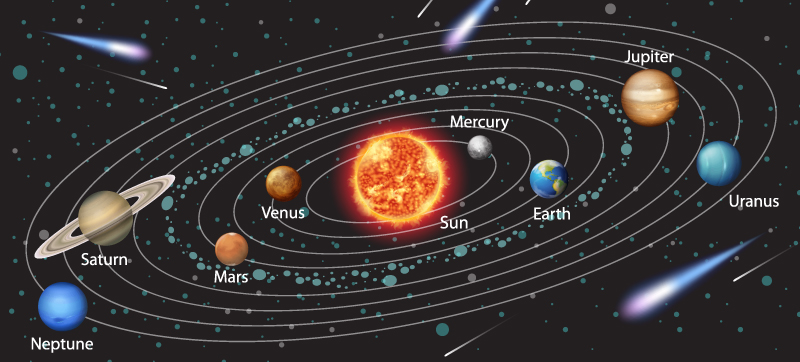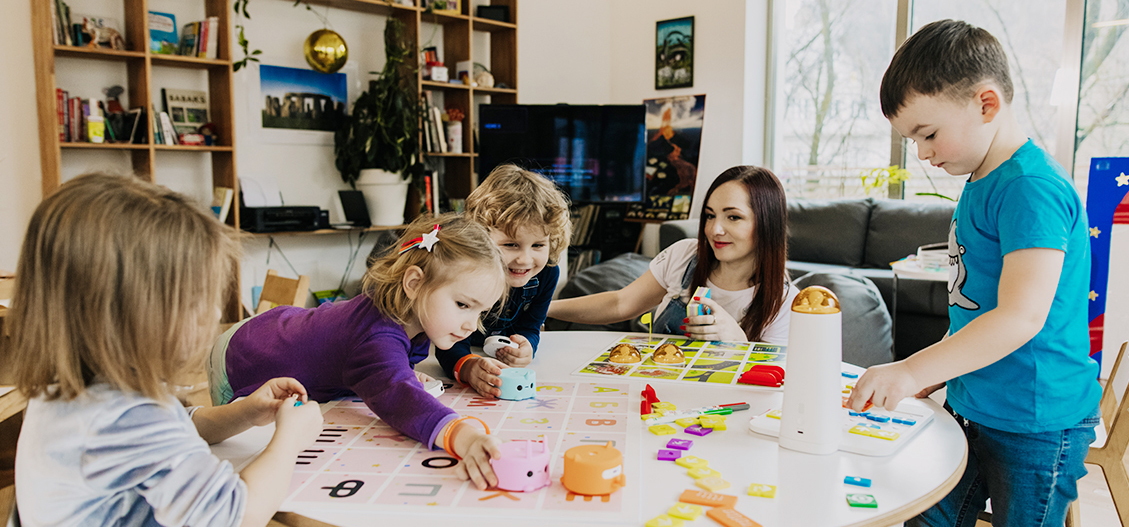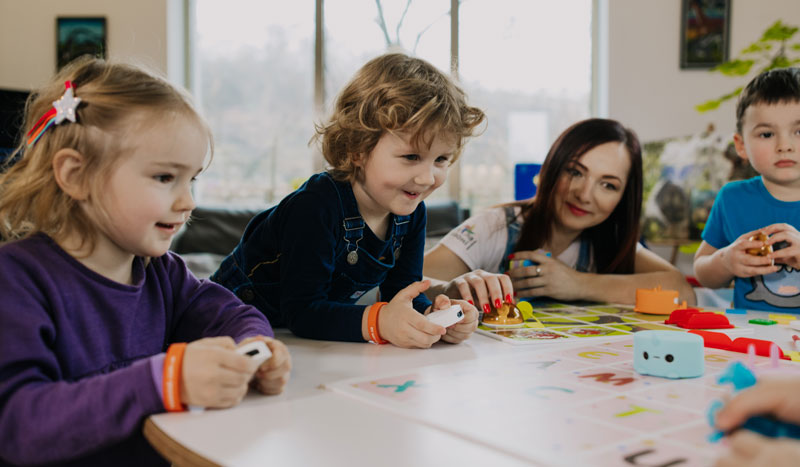For Kids Learning Coding On Matatalab, the Universe Is Their Playground
Our parents always motivate us by saying ‘reach for the stars’. Luckily, kids of K-12 schools in Dubai and all over the world, have this opportunity to imagine the universe in their classrooms, thanks to the Matatalab Kit.
Travel in the Universe: Matatalab Activity
Time: 45 minutes | Age Group: 6 to 11 years | Area of focus: Art & Coding
Start by explaining the following before initiating the activity:
What is Universe?
The universe is a very vast concept, it includes everything we see, sense, and touch around us. So, this means, all living beings, plants, animals, stones, galaxies, stars, etc. are all part of the universe. The list can’t be curtailed and would run into pages if we noted down everything that exists in the universe. But when children study this concept, they start to admire the beauty of its vastness and feel grateful!

What is the Solar System?
The solar system is very much a part of the universe. There are eight planets in the solar system, namely; Mercury, Venus, Earth, Mars, Jupiter, Saturn, Uranus, and Neptune. Earth is the third planet from the sun and all of us live on planet Earth. Did you know that most of the major planets have their own moon, which orbits around the planets? So, stars, moons, asteroids, comets, and planets, together comprise the solar system.
Step 1: Google an image of the universe and show it to children as a reference, along with a picture of the solar system.
Step 2: Let children observe the different shapes and structures in the frame.
Step 3: Distribute sheets of large white paper on which children will need to draw.
Step 4: Let kids make use of their MatataBot with art extension. All necessary accessories come along with the Matatalab kit and if you want to learn about its availability in the GCC region or anywhere in the Middle East, simply visit this link https://knowledge-hub.com/matatalab/
Step 5: Demonstrate how to use the MatataBot to make shapes like; circles, triangles, squares, and pentagrams by using the degree blocks. Explain how the 360-degree block is used for drawing a circle.
Step 6: Divide children into groups or let them do this activity individually.
Step 7: Give sufficient time to figure out arrow keys and instruct the MatataBot to draw a picture of the universe.
Step 8: Let children color the picture and make it attractive.
Step 9: Congratulate students for their efforts and correct them, if necessary.
Recall the activity, by asking which shapes were used:
Pentagram: It is a five-pointed star that is formed by drawing continuous lines in five straight segments.
Triangle: A triangle has three straight sides and three angles. The sum of the angles of the triangle adds up to 180°. The vertex is the point where two lines meet in the triangle and therefore there are three vertices in any triangle.
Square: It is a four-sided polygon that has all four sides of equal length and the measure of all the angles are 90° each.
Circle: A round plane on which all the points are equidistant from the center point, is called a circle. It has no corners and no lines. The boundary line of the circle is called its circumference.
At the end of the session, ask these questions:
Q1) What do you understand by the term universe?
Q2) How many planets are there in our solar system?
Q3) Can you explain what a square is?
Q4) Does a circle have any sides?
Q5) Did you have fun drawing?
Q6) If you changed the path of the MatataBot from the left arrow to the right arrow would you notice any change in programming?
Q7) What vehicle does the astronaut use to travel to outer space?

This is how learning is made exciting for kids and the recall value is stronger through hands-on practice. The best part is that no prior knowledge is required for students to start their coding journey and even a complete beginner can learn to code using the Matatalab kit which is easily available in UAE.






Recent Comments